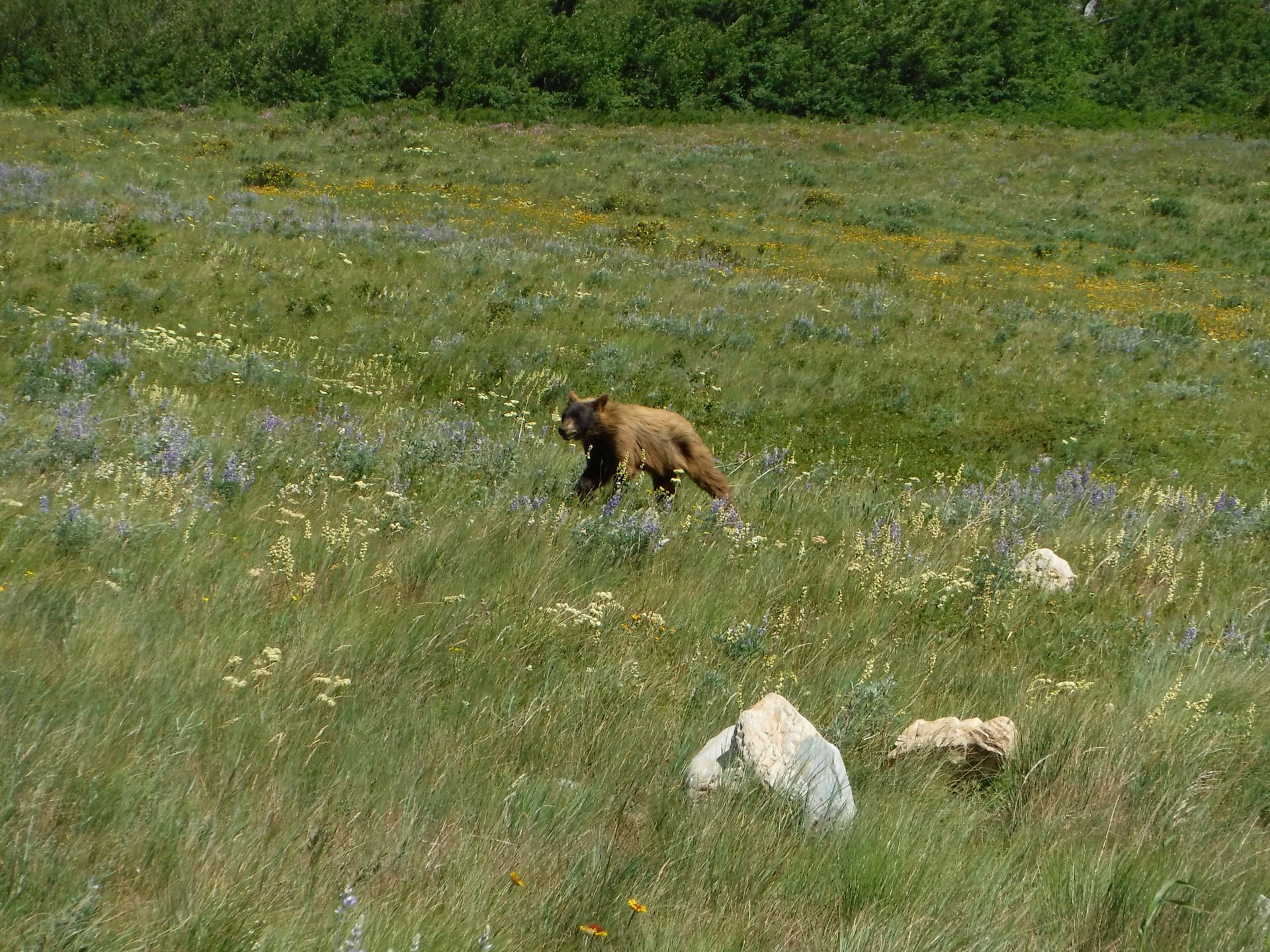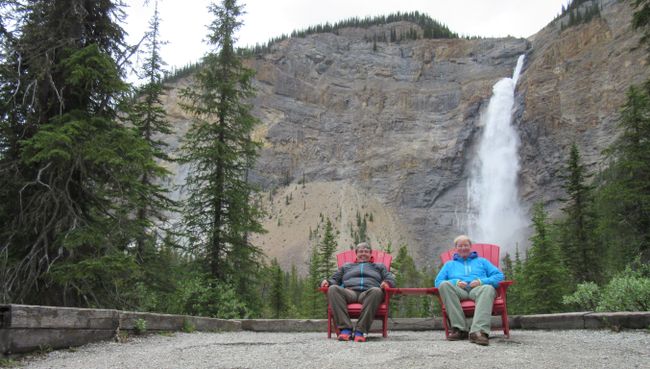Little Bighorn Battlefield
የታተመ: 27.07.2018
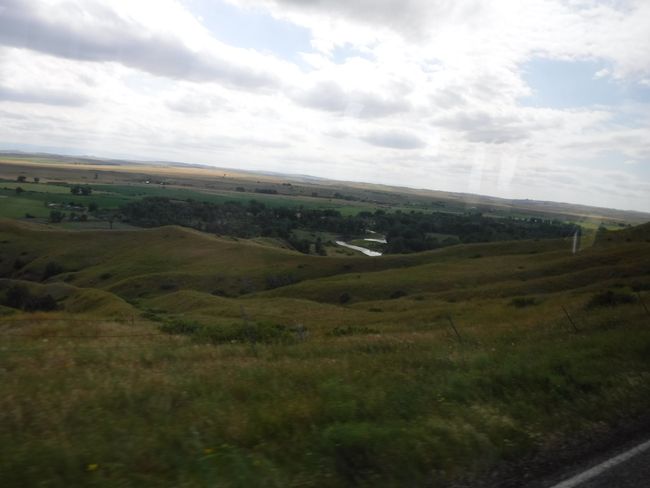
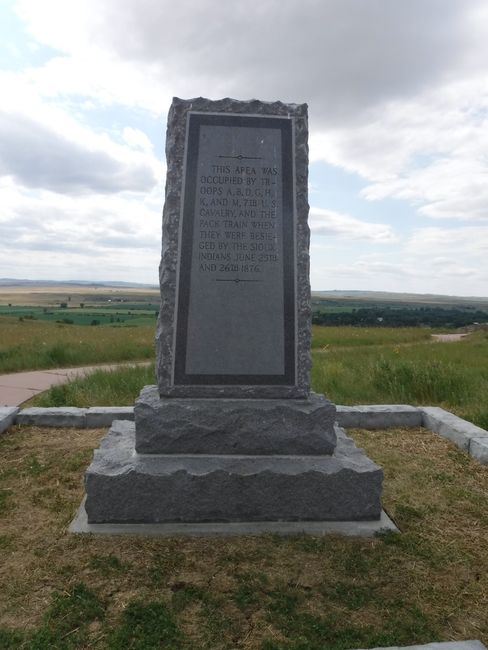
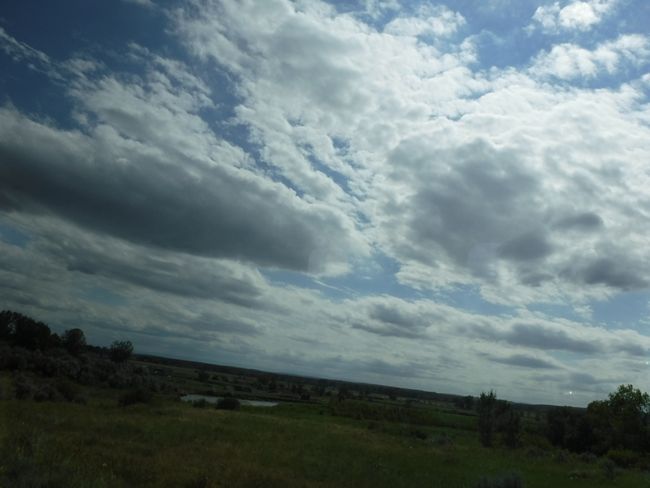
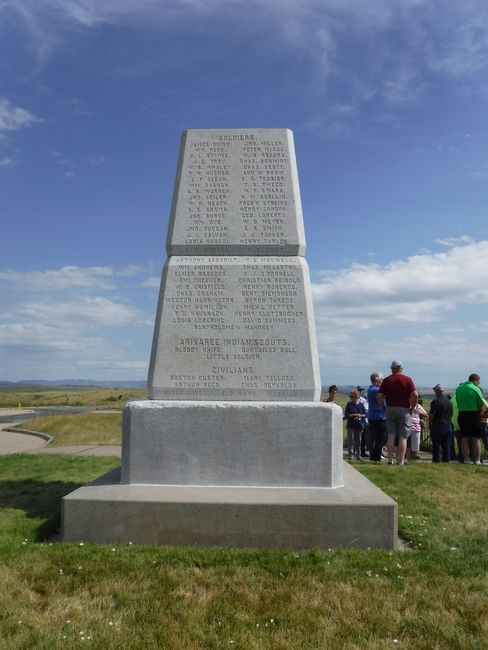
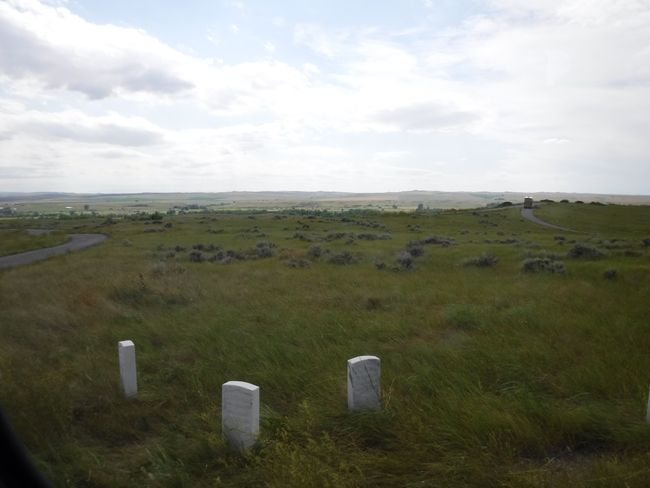
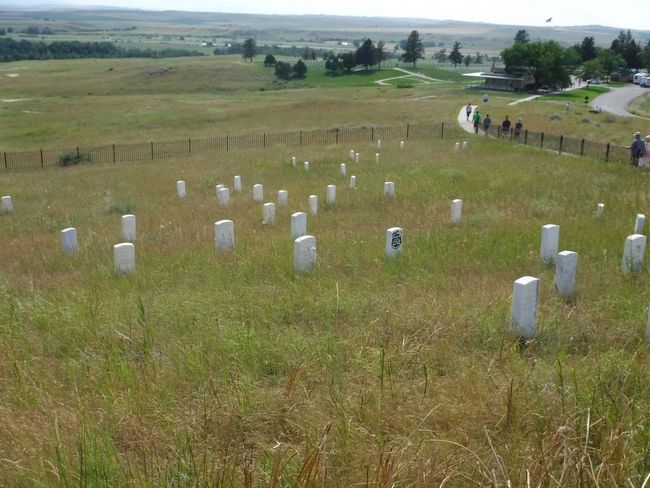
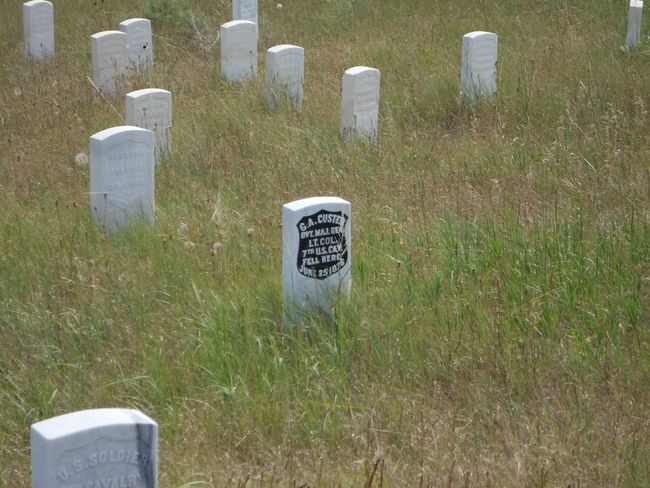
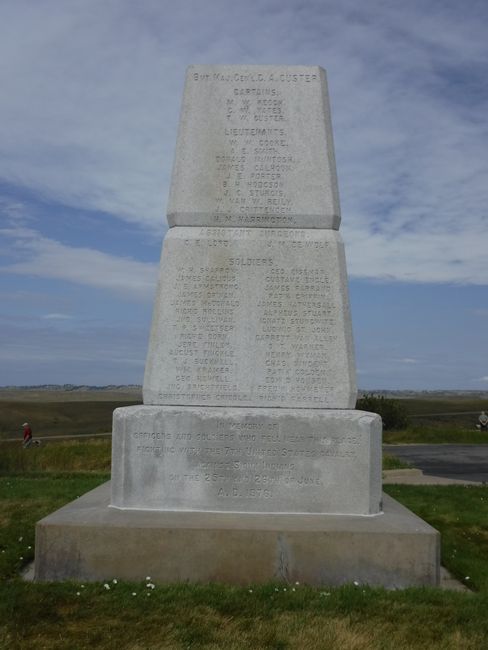
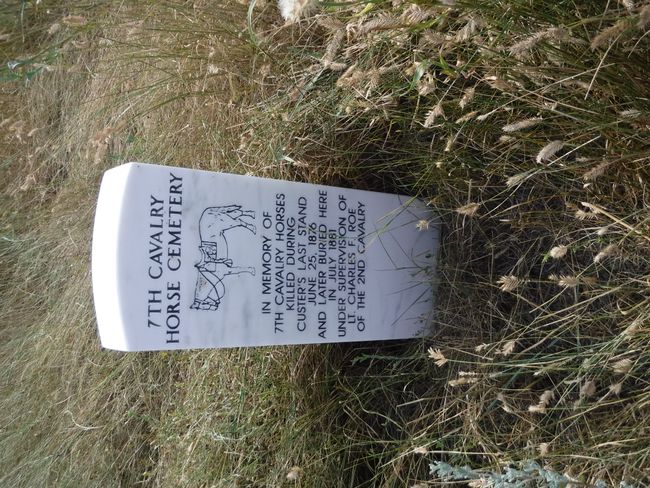
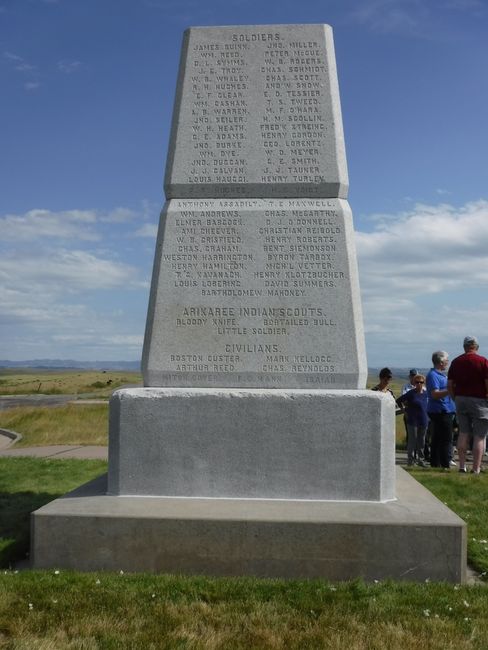
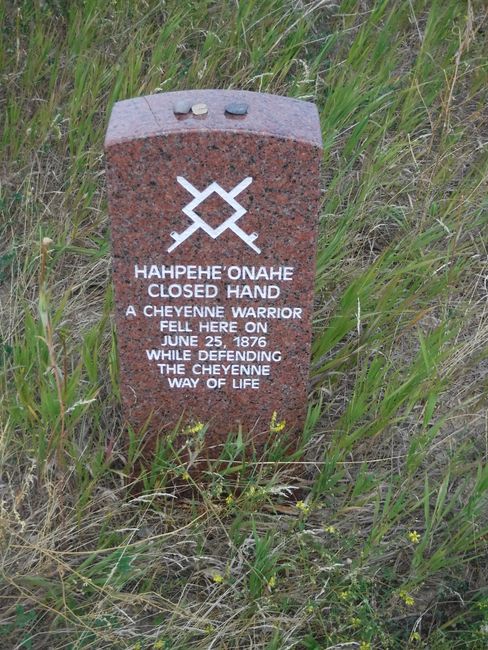
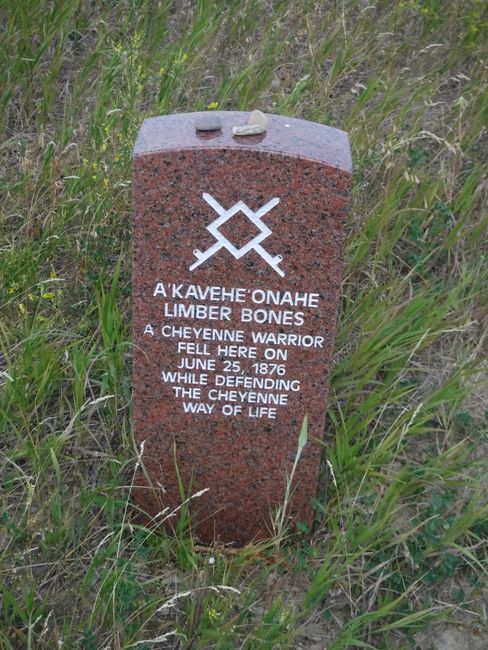
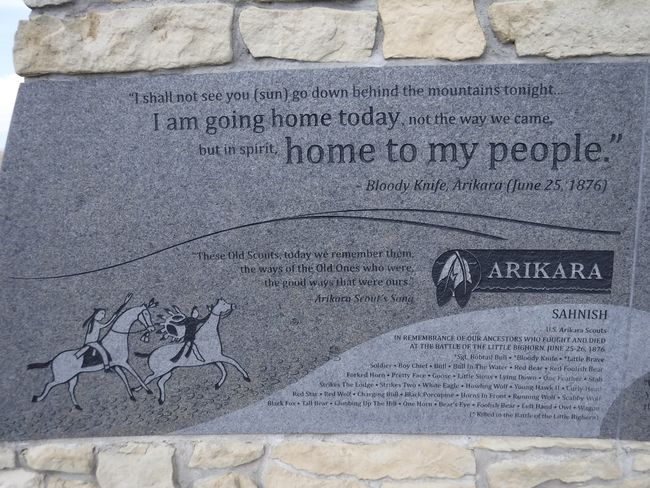
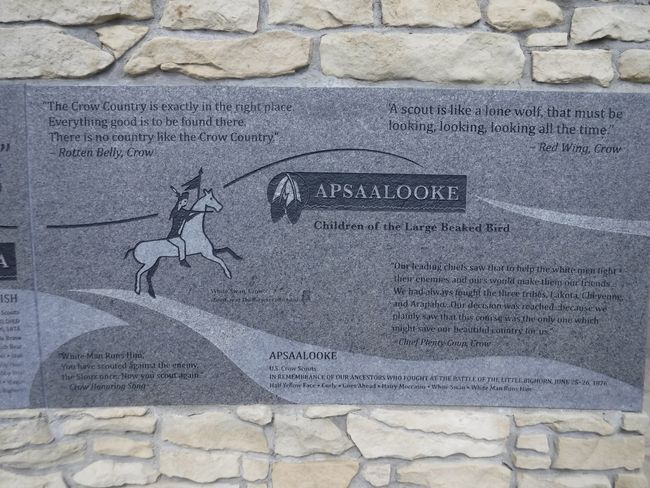
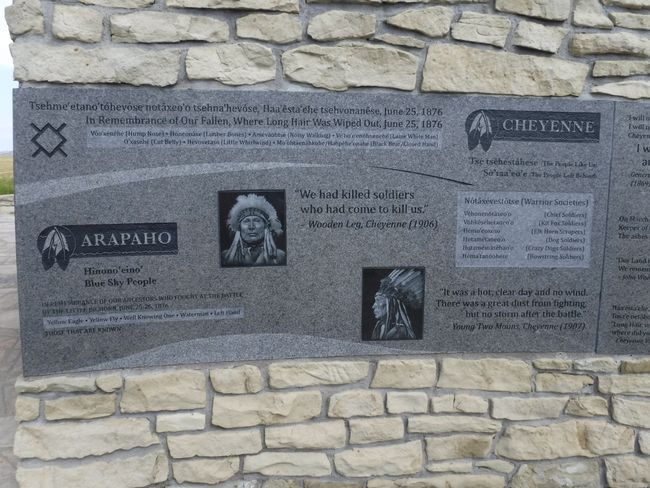
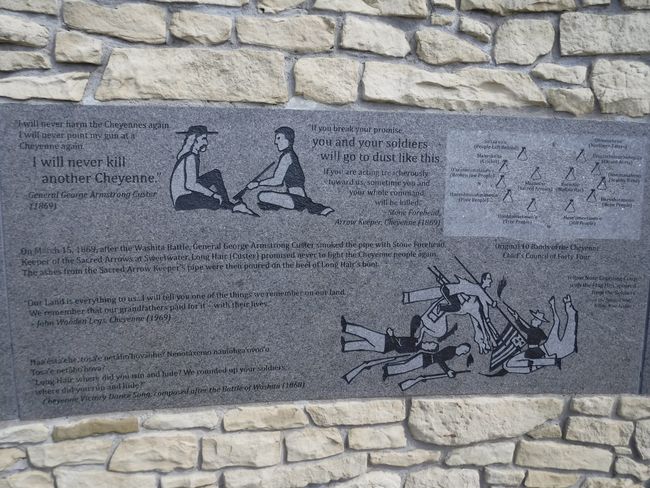
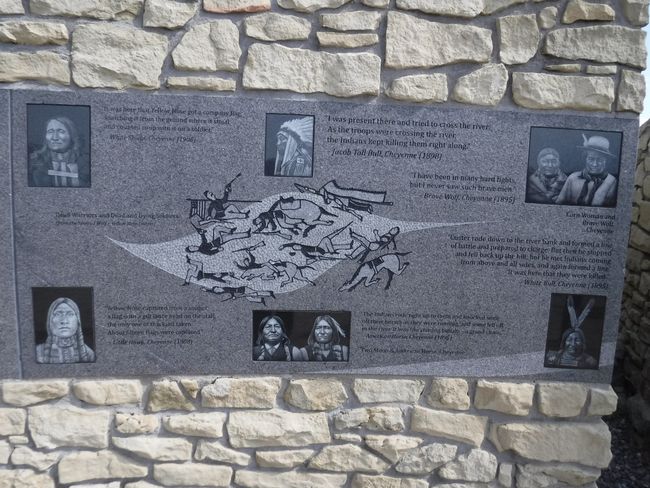
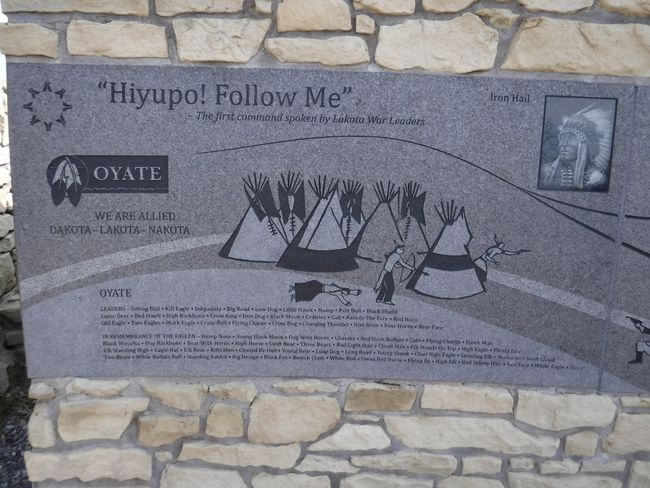
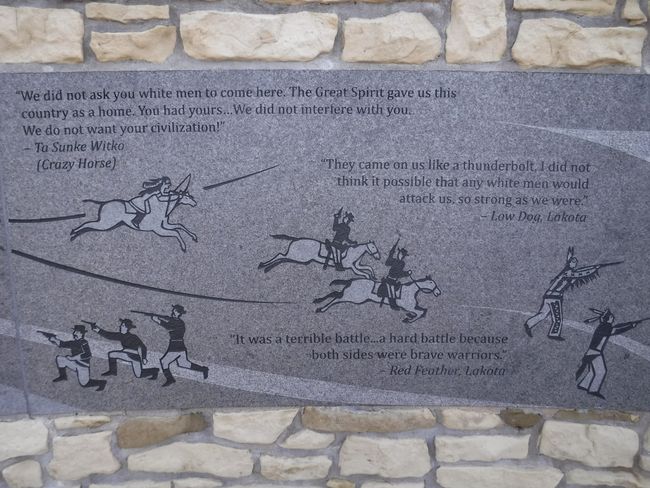
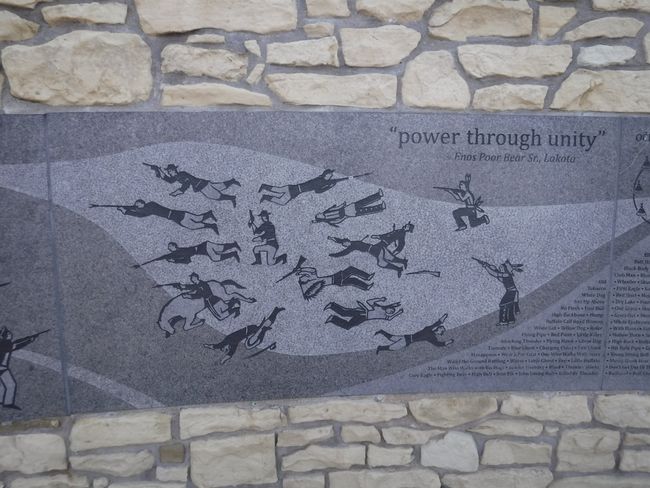
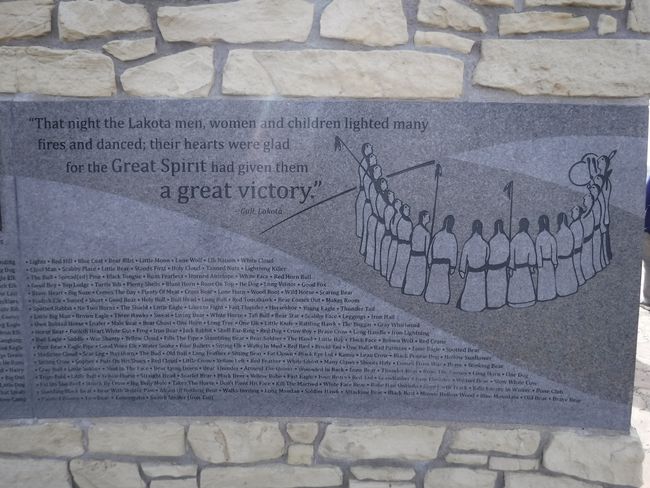
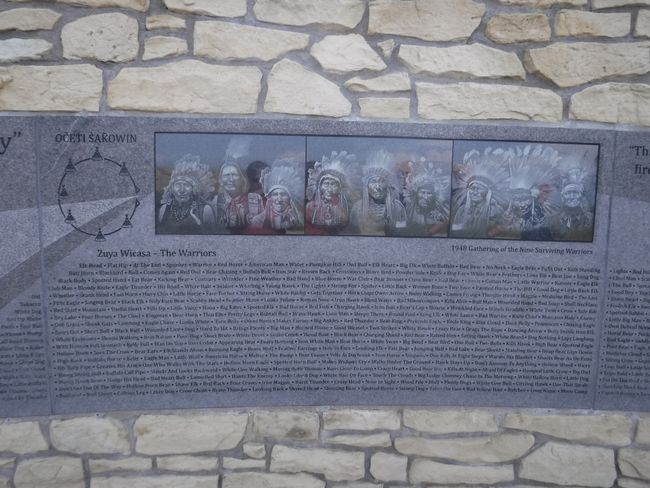
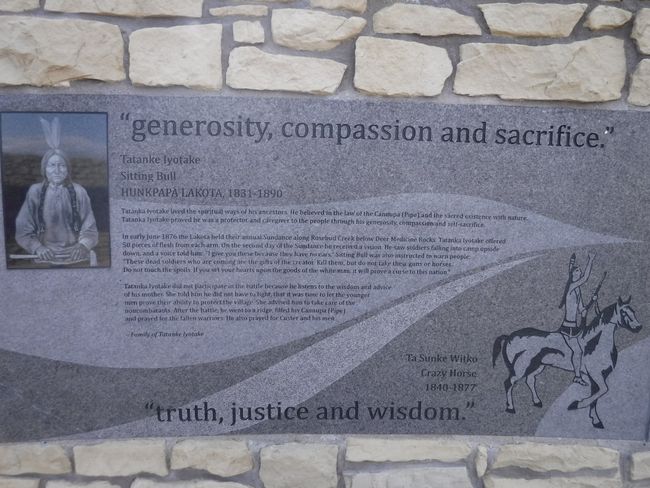
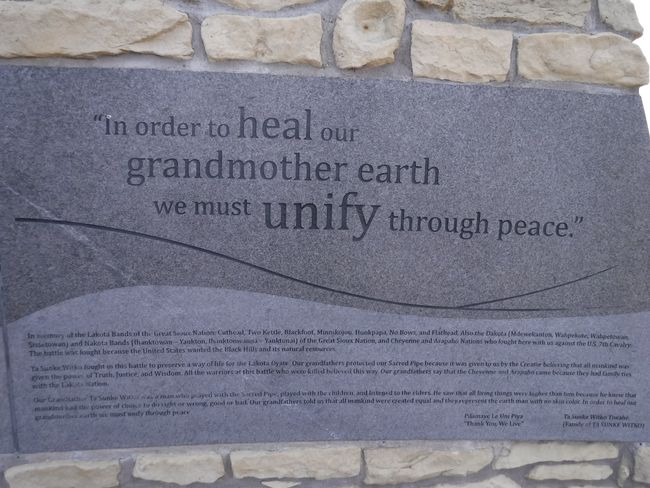
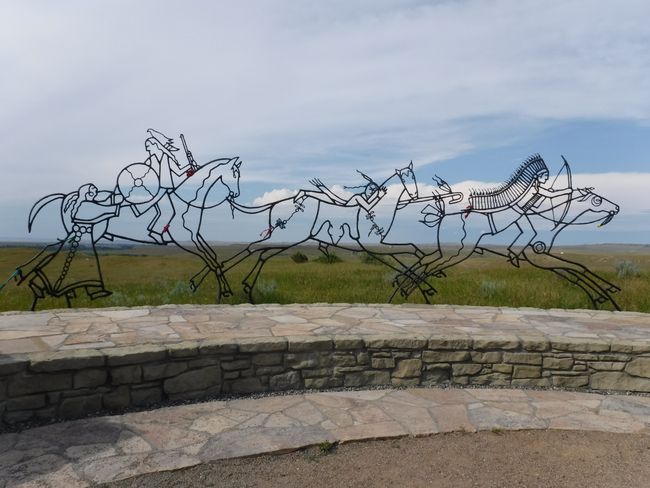
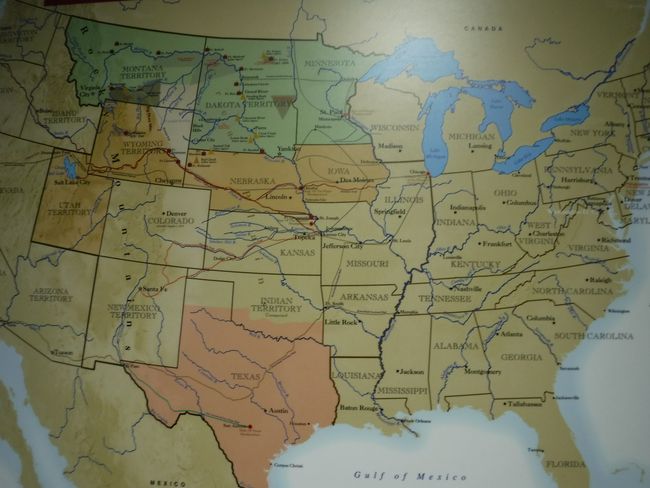
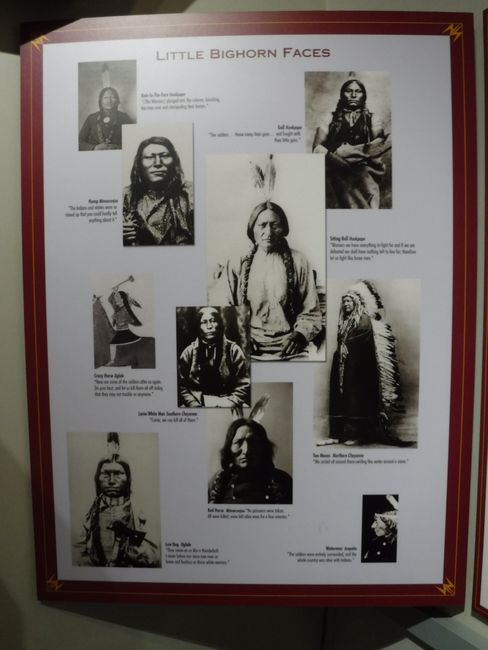
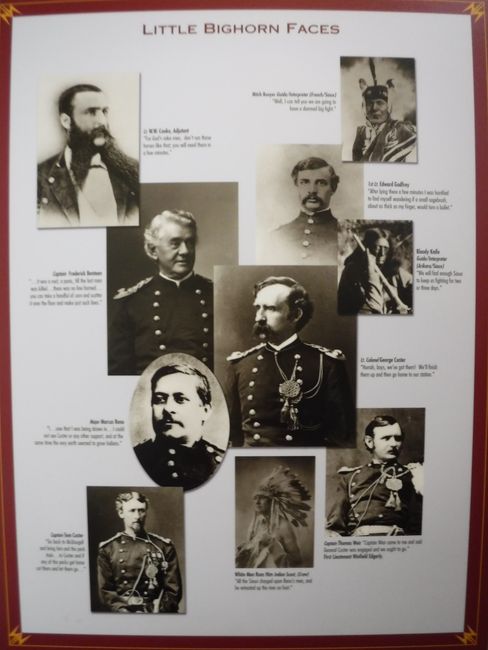
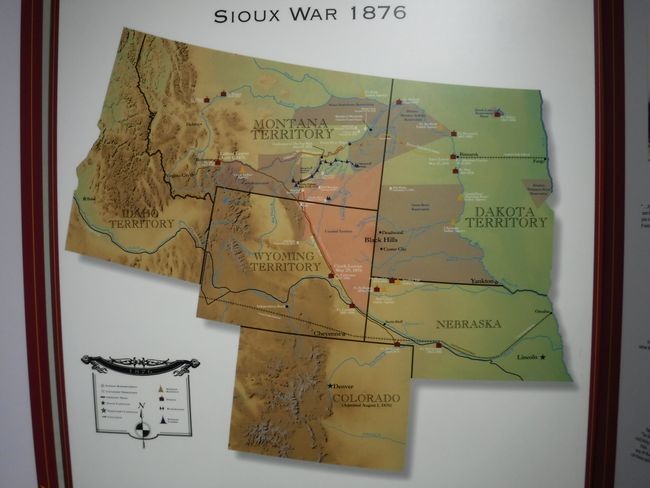
ለጋዜጣ ይመዝገቡ
As the conclusion of our journey through Indian reservations, the prairie, and buffaloes, we went to the most famous chapter of Indian history: the Little Bighorn. The place is a National Monument, managed by the National Park Service, and for many years it was a place where the battle was remembered solely from the perspective of the Army. Early on, a monument was erected over a mass grave of soldiers, and only in 2003 was the Indian memorial built.
A brief explanation of the battle: Colonel Custer, a hero of the Civil War, went to the West to deal with the Indian problem. In 1874, news spread that gold had been found in the nearby Black Hills. The Black Hills are sacred land of the Sioux (which is a general term for many tribes) and were guaranteed to them by treaty in 1868. Of course, that didn't matter to the tens of thousands of gold seekers who flocked to the area after hearing about the gold finds. The government failed to drive away the gold prospectors, so they tried to buy the Black Hills from the Sioux. That failed because the money didn't matter to them, the mountains are sacred to them. Naturally, the Sioux now had hostile feelings towards the intruders. Custer was supposed to ensure that the Indians stayed in the reservations and caused no more trouble. There were many other commanders there, but Custer became the most famous. He planned an attack on an Indian village on the Little Bighorn (which is a river). Since his tactics failed, the Indians were much more numerous than expected, and as experienced and desperate warriors under the leadership of Sitting Bull, they fought against inexperienced immigrant boys from Europe, the battle was lost for the Army. Custer and his entire force of 204 soldiers were killed, no one under his command survived. It was the largest and essentially the only important victory for the Indians in the Indian Wars. Other units also suffered losses, but were not wiped out. About 40 warriors were killed on the Indian side.
https://en.wikipedia.org/wiki/Battle_of_the_Little_Bighorn
We could write 100 pages about it, but I'll spare you. Here, Wikipedia actually provides a good overview.
We took a guided tour with a Lakota Indian whose ancestor fought there. The story is very present in the Sioux community. It was the beginning of the last great uprising of the Indians against the invasion of the settlers and the fight for their ancestral way of life.
The buffalo hunt was crucial for this. The buffalo provided food, clothing, hides for tents, and much more. Basically, everything from the animal was used. But the buffalo was nearly extinct. It's actually incredible that out of an estimated 30 million animals on the prairie, only a few hundred survived in the end. There were no more herds, the Indians starved, and one by one, all the tribes had to surrender and move to the reservations. Thousands died, not from wars, but from hunger and diseases. The Sioux adapted, and today the tribe is large and strong again. They could have a lot of money because the purchase price for the Black Hills is still in an account. According to the Lakota, that would probably be over 3 billion dollars today. But they don't want the money, the mountains are sacred land, they will never give it up.
After the government spent 100 years trying to assimilate the Indians into white society through state schools, there is now a growing self-confidence among the tribes. Many tribes make good money with casinos, natural resources, tourism, and handicrafts. However, not all tribes have succeeded, we also drove through some rundown, covered trailer parks. But the tribes that were previously large, important, and strong, like the Sioux, the Cheyenne, and also the Crow, are doing quite well again. Old traditions are being revived, such as the Sun Dance (brutal, not for the faint of heart), the Powwows, they are teaching the young Indians their own language and the old crafts again. And they appreciate it. They weave baskets in NBA basketball outfits 👍😄
ለጋዜጣ ይመዝገቡ
መልስ
